Do you know your everyday personal Items that can spread disease to you easily when you share? Before delving into the risks, let’s define what everyday personal items encompass. These are items we frequently use or come into contact with during our daily routines. They can range from towels, toothbrushes, and mobile phones to water bottles, makeup tools, and eating utensils.
While sharing such items might seem harmless, it’s essential to recognize these seemingly harmless acts of sharing can lead to the transmission of harmful pathogens[1], causing a range of diseases and infections. Let’s explore twenty high-risk personal items that can easily spread diseases when shared.
How Diseases Spread Through Personal Items
Disease transmission occurs through cross-contamination[2], where harmful microorganisms transfer from one surface to another[3]. When we share personal items, we inadvertently pass on bacteria, viruses, and fungi, increasing the risk of infection. Factors like the duration of contact, humidity, and the number of germs present influence the likelihood of transmission.
High-Risk Personal Items
1. Bathroom and Kitchen Towels
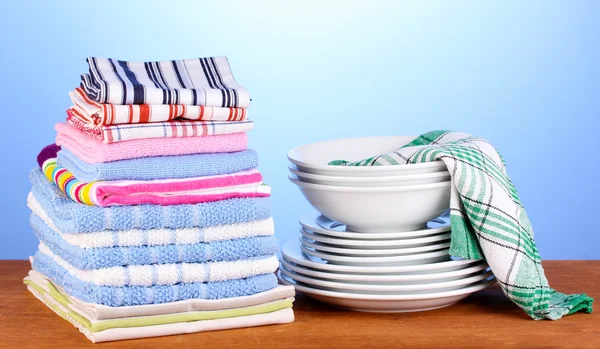
Bathroom and kitchen towels, frequently damp and warm, create an ideal breeding ground for bacteria and fungi[4]. Sharing towels can lead to skin infections, such as ringworm, and even transfer gastrointestinal bacteria. After read 20 everyday personal Items that can spread disease to you easily when you share, next read 12 diseases you can catch through dirty body towel
2. Toothbrushes
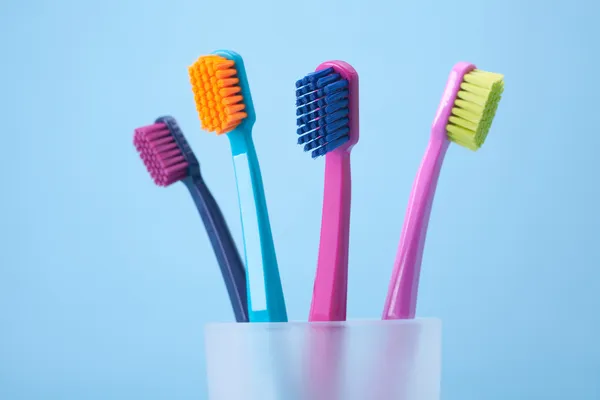
The mouth is home to numerous bacteria, and sharing toothbrushes can result in the exchange of harmful microorganisms. This can lead to oral health issues and the spread of illnesses like colds and the flu. Continue reading to know the 20 everyday personal Items that can spread disease to you easily when you share.
RELATED: 12 Diseases You Can Catch Through Sharing Toothbrush
3. Mobile Phones

Our mobile phones go everywhere with us, accumulating germs[5] from various surfaces. When we share our phones, we inadvertently share these germs, increasing the risk of colds, flu, and gastrointestinal infections.
Water Bottles
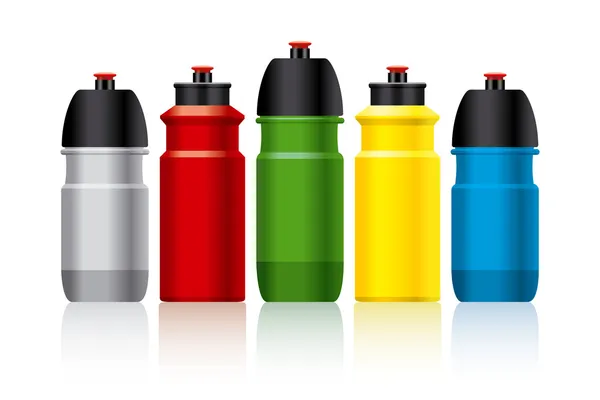
Sharing water bottles allows for the transmission of viruses and bacteria responsible for sore throats, colds, and other contagious illnesses.
5. Makeup and Beauty Tools
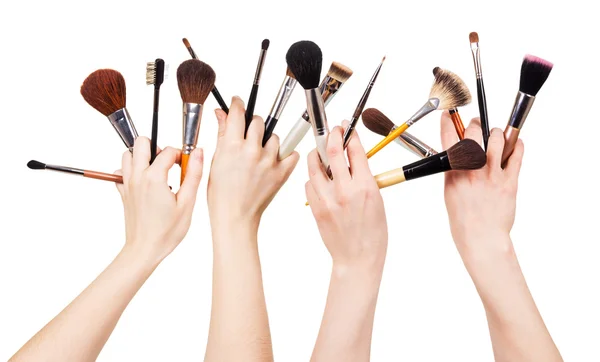
Cosmetic products and beauty tools can harbor harmful bacteria and viruses[6]. Sharing these items can lead to eye infections, cold sores, and skin problems.
6. Eating Utensils

Forks, spoons, and knives can carry gastrointestinal bacteria[7] when shared, increasing the likelihood of stomach bugs and digestive issues.
7. Handkerchiefs
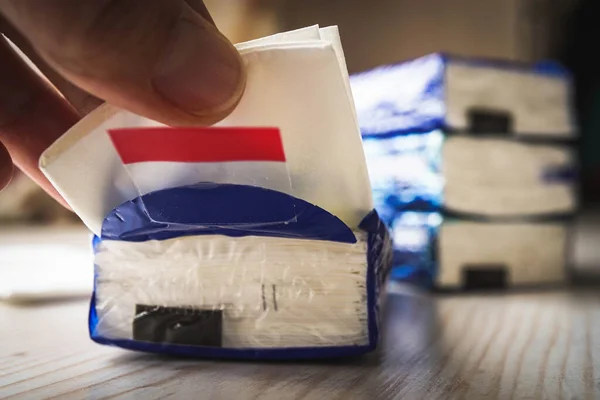
Using someone else’s handkerchief can lead to the spread of respiratory infections[8], including colds, flu, and other contagious diseases.
8. Keyboards and Computer Mice

Computer peripherals, such as keyboards and mice, are touched frequently but rarely cleaned. Sharing these items can transfer germs responsible for various infections.
9. Remote Controls
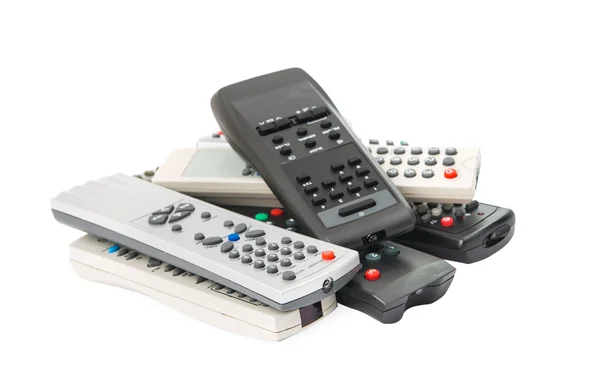
TV and air conditioning remotes are communal items that often go unnoticed when it comes to cleaning. Sharing them can facilitate the spread of germs.
10. Headphones
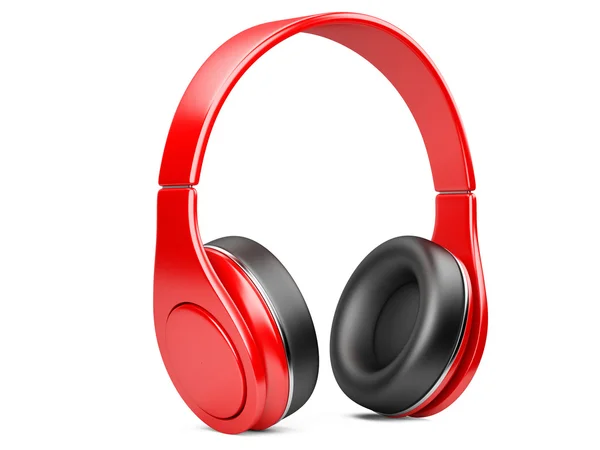
Sharing headphones [9] can lead to ear infections and skin problems due to the transfer of bacteria and fungi between users.
11. Razors
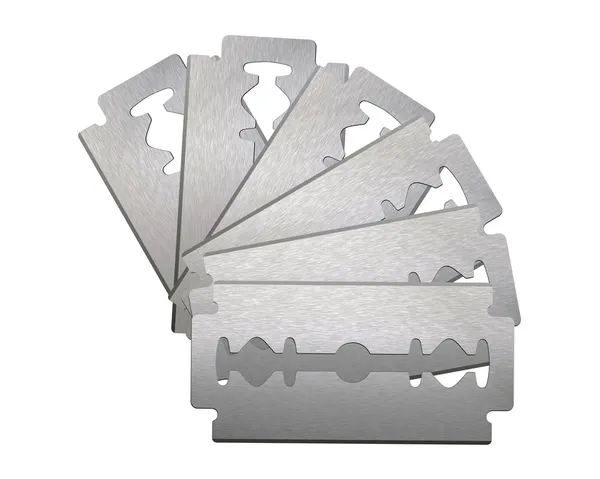
Razors can come into contact with blood, which can contain harmful bacteria. Sharing razors can result in the transmission of bloodborne infections like hepatitis B and C[10], as well as bacterial skin infections and more. If you share razors with others, you could spread these germs. To prevent the spread of germs, it’s important to use a fresh razor each time you shave.
12. Blood Pressure Cuffs

Blood pressure cuffs are used to measure blood pressure. If blood pressure cuffs are not properly cleaned, they can spread germs from one person to another[11].
13. Thermometers
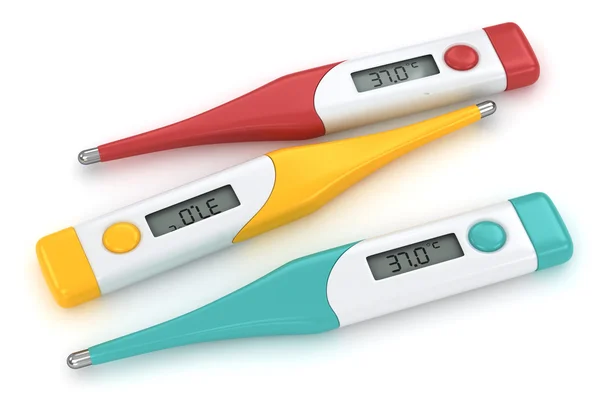
Thermometers are used to measure body temperature. If thermometers are not properly cleaned, they can spread germs[12] from one person to another.
14. Pacifiers
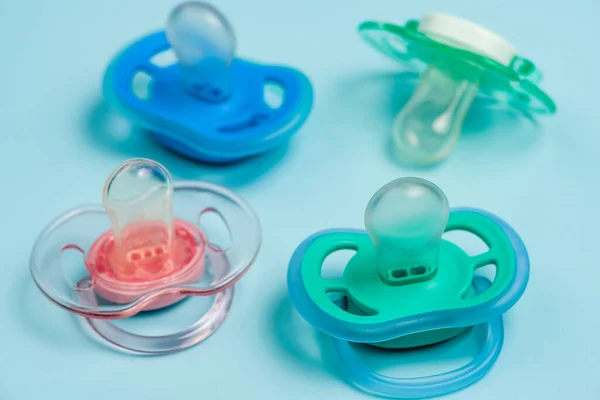
Pacifiers can come into contact with saliva, which can contain bacteria. If you share pacifiers with others, you could spread these germs. To prevent the spread of germs, it’s important to clean pacifiers regularly.
15. Strollers
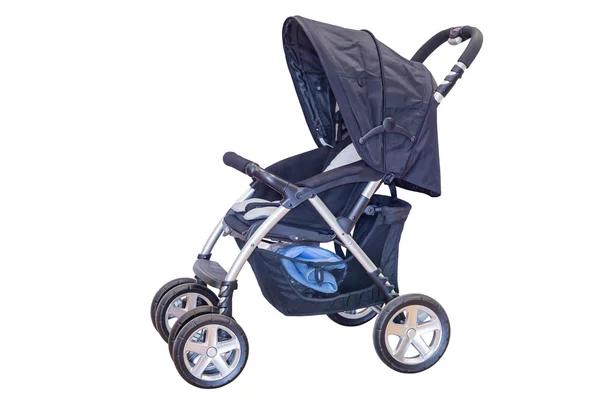
Strollers can come into contact with dirt, germs, and other contaminants. If you don’t clean strollers regularly, you could spread these germs to other children.
16. Contact lenses
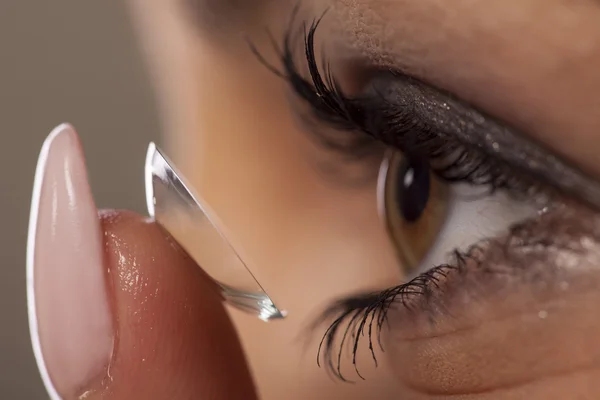
Contact lenses can come into contact with bacteria from your hands or from the environment. If you don’t clean and disinfect your contact lenses properly, you could increase your risk of eye infections.
17. Hearing Aids
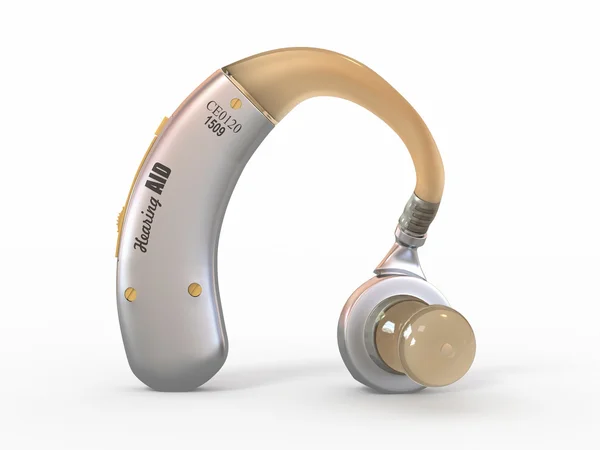
Hearing aids can come into contact with earwax, which can contain bacteria. If you don’t clean your hearing aids regularly, you could increase your risk of ear infections.
18. Toilet Paper

Toilet paper can come into contact with fecal matter, which can contain harmful bacteria and viruses. If you don’t wash your hands after using the toilet, you could spread these germs to other surfaces or to other people.
19. Nail and Hair Clippers
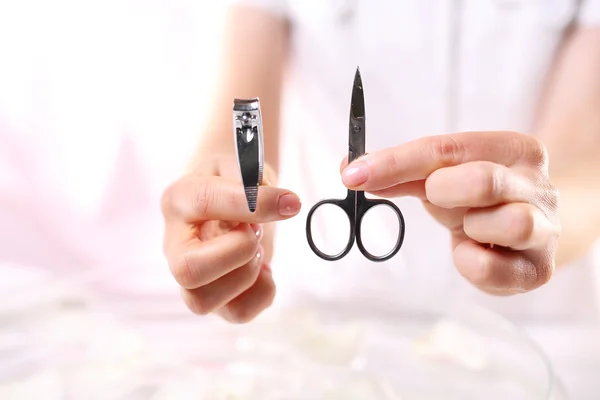
Nail and hair clippers can harbor bacteria and fungi from nails and hairs surrounding the skin. Sharing them can lead to nail and scalp infections and related problems.
20. Shaving Stick
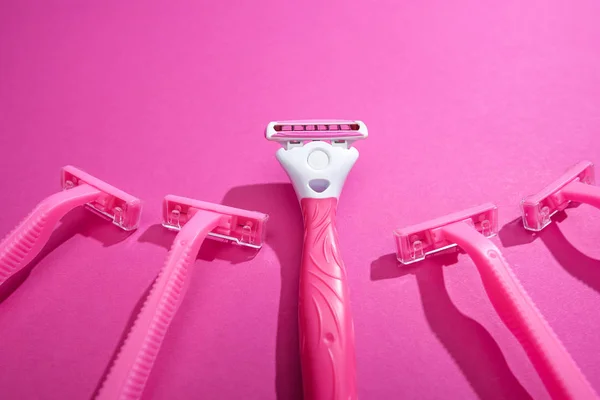
Sharing a shaving stick is not recommended as it can increase the risk of spreading germs and infections such as bacterial infections, viral infections and bloodborne infections.
Even if you do not have any visible cuts or scrapes on your skin, sharing a shaving stick can still increase your risk of infection. This is because the blades of the shaving stick can easily nick the skin, even if you are not aware of it. These tiny cuts can provide a pathway for germs to enter the body and cause an infection.
To reduce the risk of infection, it is best to avoid sharing a shaving stick. If you do not have your own shaving stick, you can use a disposable razor. Disposable razors are designed to be used only once, so they are less likely to harbor germs. Now that you have known the 20 everyday personal Items that can spread disease to you easily when you share, it’s important to find out the fact about Can You Get An STD From Pubic Hair Shaving?
Maintaining Personal Hygiene
To mitigate the risks associated with shared personal items, practicing proper personal hygiene is crucial. Regular cleaning and disinfection of items, especially those frequently shared, can significantly reduce the transmission of diseases. Moreover, following proper etiquette while using personal items can also make a difference.
The Impact of Disease Transmission
Diseases transmitted through personal items can vary from common colds and skin infections to more severe respiratory and gastrointestinal illnesses. Vulnerable populations, such as children, the elderly, and individuals with compromised immune systems, are at higher risk when exposed to contaminated items.
Reducing the Risk of Transmission
Reducing the risk of disease transmission requires individual awareness and responsibility. Simple measures like washing hands frequently, avoiding sharing personal items whenever possible, and practicing respiratory etiquette can go a long way in preventing infections.
To reduce the risk of disease transmission through shared personal items, it’s essential to adopt good hygiene practices. Regularly cleaning and disinfecting these items can significantly lower the chances of spreading germs. Moreover, avoiding the sharing of personal items whenever possible, especially during illness, is a responsible approach to safeguarding both our health and the health of those around us.
In conclusion, being mindful of the potential risks associated with sharing personal items can go a long way in preventing the spread of infections. By taking proactive measures and promoting good hygiene practices, we can create a healthier environment for everyone.
FAQs
- How often should I clean my mobile phone? It’s best to clean your mobile phone daily using a disinfectant wipe to remove germs effectively.
- Can I use alcohol-based solutions to clean my toothbrush? Yes, rinsing your toothbrush with an alcohol-based mouthwash can help keep it germ-free.
- Should I avoid sharing makeup products with others? Yes, sharing makeup products increases the risk of infections. It’s advisable to avoid sharing them whenever possible.
- Can I disinfect my headphones and earbuds? Absolutely! Using alcohol wipes or cotton swabs dipped in rubbing alcohol can effectively disinfect headphones and earbuds.
- Is it safe to share water bottles with family members? While sharing with family members carries less risk, it’s still best to avoid sharing water bottles to prevent any potential transmission of illnesses.
Sources
1. Transmission of pathogens by hands
2. Disease and disease transmission
4. Microbial Analysis of Kitchen Towels
5. Mobile Phones: Breeding Ground for Microbes
6. Microbiological study of used cosmetic products
7. Bacterial and Viral contamination of table forks, table
spoons, dessert forks and teaspoons
8. Transmission routes of respiratory viruses among humans
9. A Comparative Analysis of Bacterial Growth with Earphone
10. Detection of Hepatitis B Virus in Used Razor Blades by PCR
12. Disinfection of Stethoscope and Non-Infrared Thermometer









